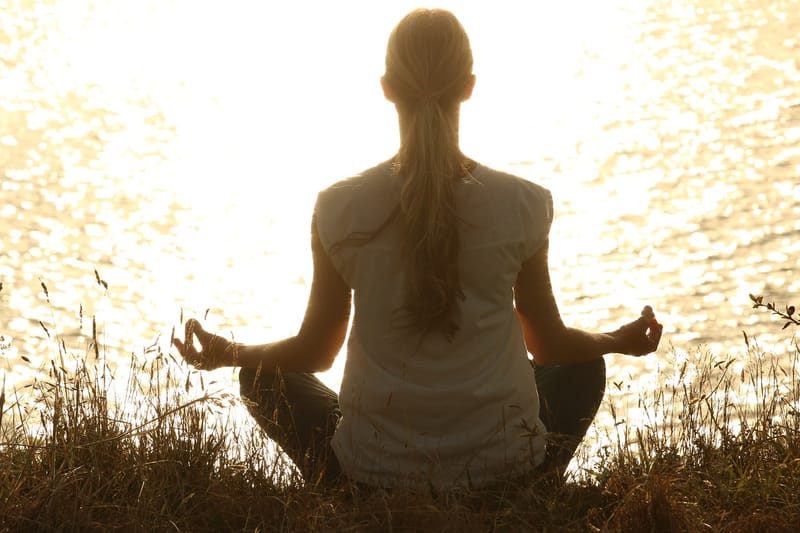Breathwork - Part 2
The Art of Breathing: Techniques for a Healthier Life - Part 2

Welcome back to the second part of our series on breathing techniques for a healthier life. In the previous article, we discussed the importance of proper breathing and introduced some basic techniques to help you breathe more consciously. In this installment, we will delve deeper into advanced breathing exercises that can further enhance your well-being.
1. Box Breathing
Box breathing, also known as square breathing, is a powerful technique used by many to calm the mind and body. It involves a simple four-step process of inhaling, holding the breath, exhaling, and holding the breath again, each for an equal count of seconds. This practice can help reduce stress, improve focus, and regulate emotions.
2. Alternate Nostril Breathing
Alternate nostril breathing is a yogic technique that aims to balance the left and right hemispheres of the brain. By alternating the nostrils through which you inhale and exhale, you can enhance mental clarity, reduce anxiety, and promote a sense of inner harmony. This practice is particularly beneficial for those looking to improve their concentration and overall well-being.
3. Kapalabhati Breathing
Kapalabhati, often referred to as the "skull shining breath," is a breathing technique that involves rapid, forceful exhalations followed by passive inhalations. This practice helps cleanse the respiratory system, increase oxygen flow, and energize the body. Kapalabhati is known for its rejuvenating effects and is commonly used in yoga and meditation.

4. Deep Diaphragmatic Breathing
Deep diaphragmatic breathing focuses on engaging the diaphragm muscle to breathe deeply into the abdomen. This technique allows for maximum oxygen intake, improves lung capacity, and promotes relaxation. By practicing deep diaphragmatic breathing regularly, you can reduce tension, enhance respiratory function, and boost overall vitality.
5. Resonant Breathing
Resonant breathing, also known as coherent breathing, involves breathing at a specific rate to achieve a state of coherence between the heart rate, respiratory rate, and blood pressure. By breathing at a pace of around six breaths per minute, you can synchronize your physiological rhythms and induce a state of calmness and balance. This technique is beneficial for stress reduction and emotional regulation.
By incorporating these advanced breathing techniques into your daily routine, you can experience a profound transformation in your physical, mental, and emotional well-being. Remember to practice these techniques mindfully and consistently to reap the full benefits they have to offer.
Stay tuned for our next installment, where we will explore the connection between breathing and mindfulness meditation. Take a deep breath and embrace the transformative power of conscious breathing!
